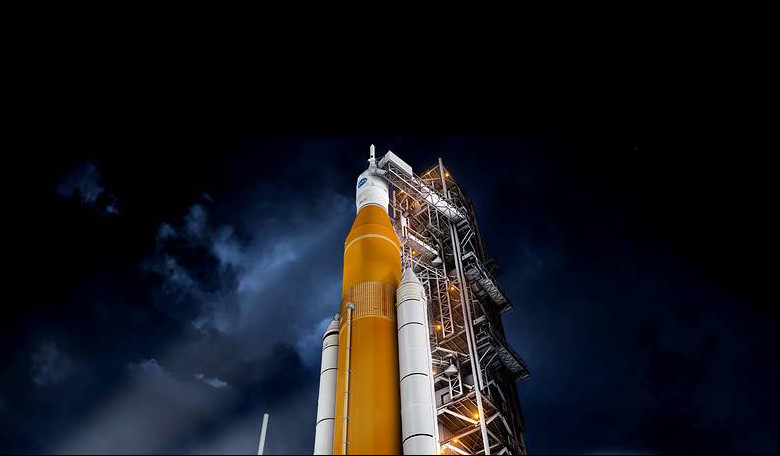With ongoing issues with the development of its Space Launch System (SLS) and the Orion Multi-Purpose Crew Vehicle (MPCV), NASA have postponed its first launch of its EM-1 mission until 2019 at the earliest.
The decision to delay the flight was followed shortly afterwards with an announcement that the SLS/Orion mission would not be taking astronauts with it on its maiden flight due to scheduling, cost and risk issues highlighted in a recent audit by NASA’s Office of Inspector General.
NASA has been hard at work constructing the Orion spacecraft, its Space Launch System (SLS) rocket and the ground and launch facilities (Ground Systems Development and Operations or GSDO) needed to send astronauts to Mars in the 2030’s, but it still faces significant obstacles in order to achieve what NASA describes as, "still the best approach to enable humans to move sustainably beyond low Earth orbit."
The Agency has invested more than $15 billion in these three programs since 2012 in order to get its Exploration Mission - 1 (EM-1) off the ground, but despite mounting costs – estimated to reach approximately $23 billion by the end of fiscal year 2018 – the three programs are behind schedule to meet the initially intended November 2018 EM-1 launch date.
Despite the hefty price-tag of the mission, the audit states that “the programs’ average monetary reserves for the years leading up to EM-1 are much lower than the 10 to 30 percent recommended by Marshall Space Flight Center guidance.” Nonetheless, the audit also points out that low monetary reserves are having an impact on the program as technology uncertainties or delays resulting from unexpected design complexity are not being financially covered sufficiently.
NASA did intend to follow-up the EM-1 mission with its EM-2 mission, however this is also likely to be put on hold, as NASA does not have a life-cycle cost estimate for the project yet.
NASA has not given up on the idea of going to Mars, but is pragmatic in its approach to how this might be achieved; “if the Agency is to reach its goal of sending humans to the vicinity of Mars in the 2030s, significant development work on key systems such as a deep space habitat, in-space transportation, and Mars landing and ascent vehicles must be undertaken in the 2020s, and the Agency will need to make these and many other decisions in the next 5 years or so for that to happen,” states the Office of Inspector General in the audit report.
Speaking of the decision to make the first mission an unmanned one rather than allowing astronauts on board, NASA Acting Administrator Robert Lightfoot said, “at the end of the day, we found it technically feasible to fly crew on EM-1, as long as we had a commitment of additional resources and schedule. However, after assessing what it would take to implement that plan, officials decided that, while it was technically feasible, they really reaffirmed that the baseline plan we had in place was the best way for us to go.”
The formal launch date for EM-1 has yet to be confirmed but will likely be announced within the next few months.











